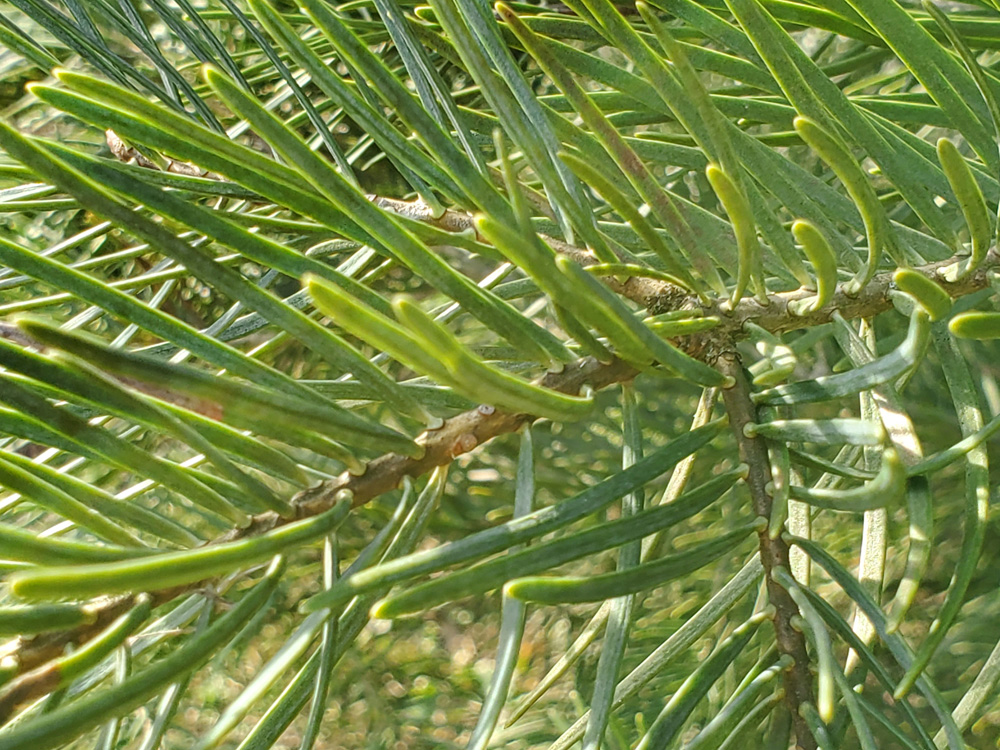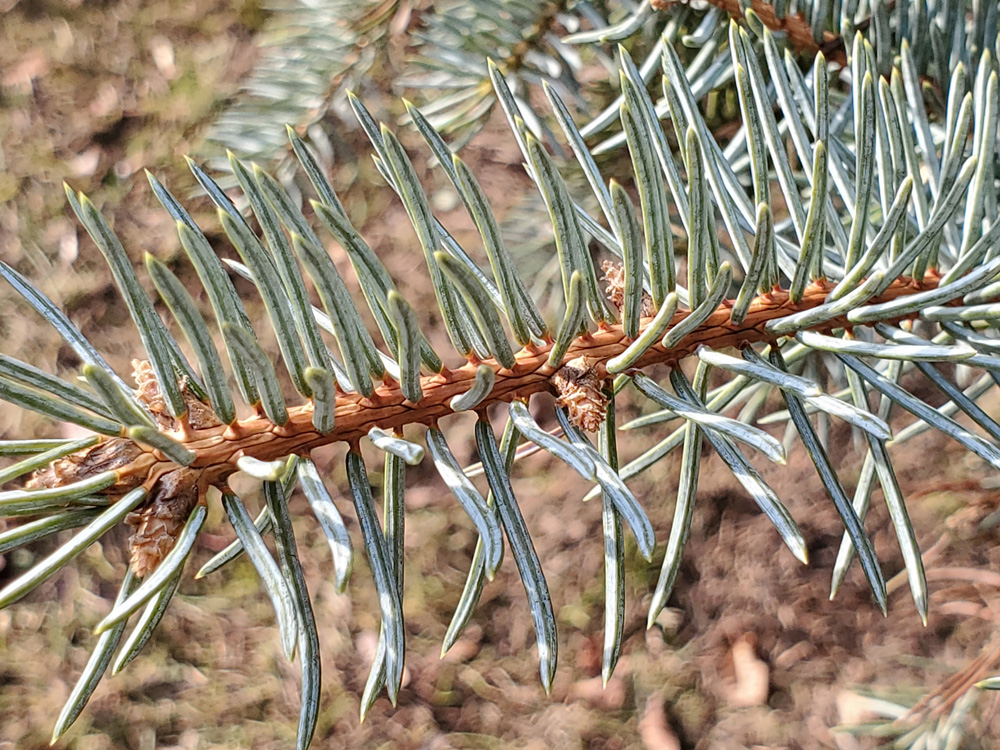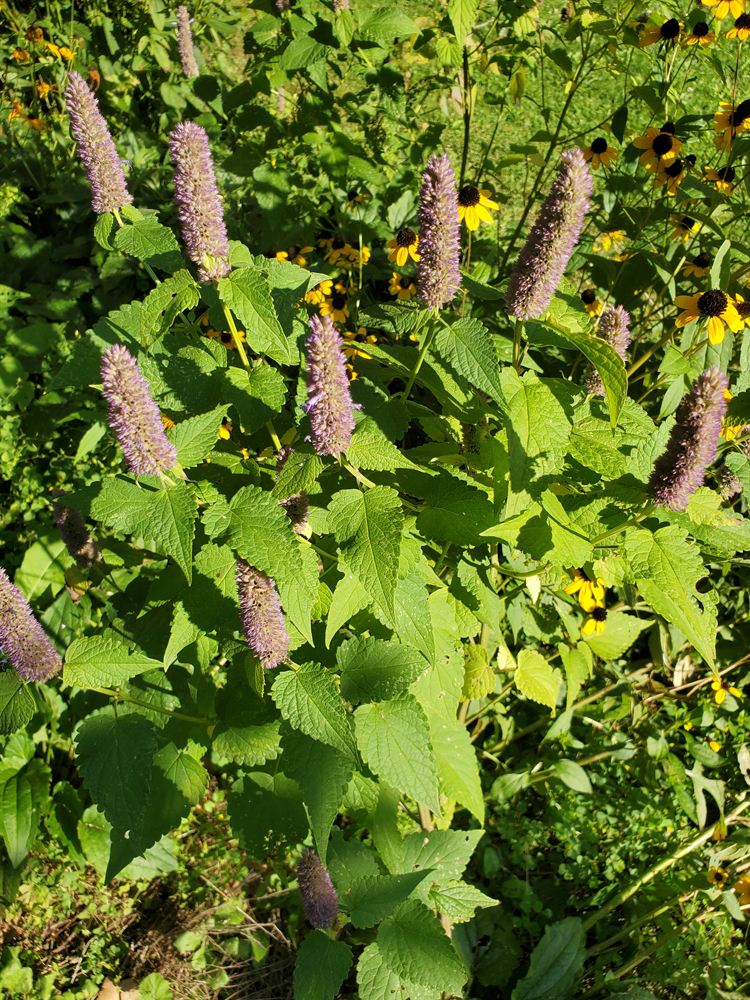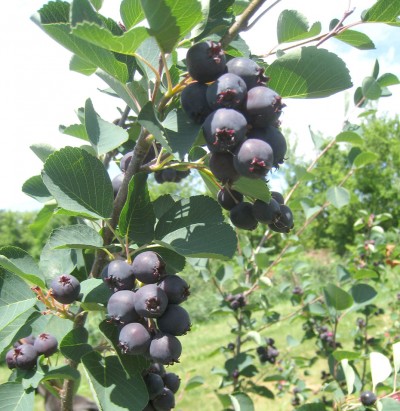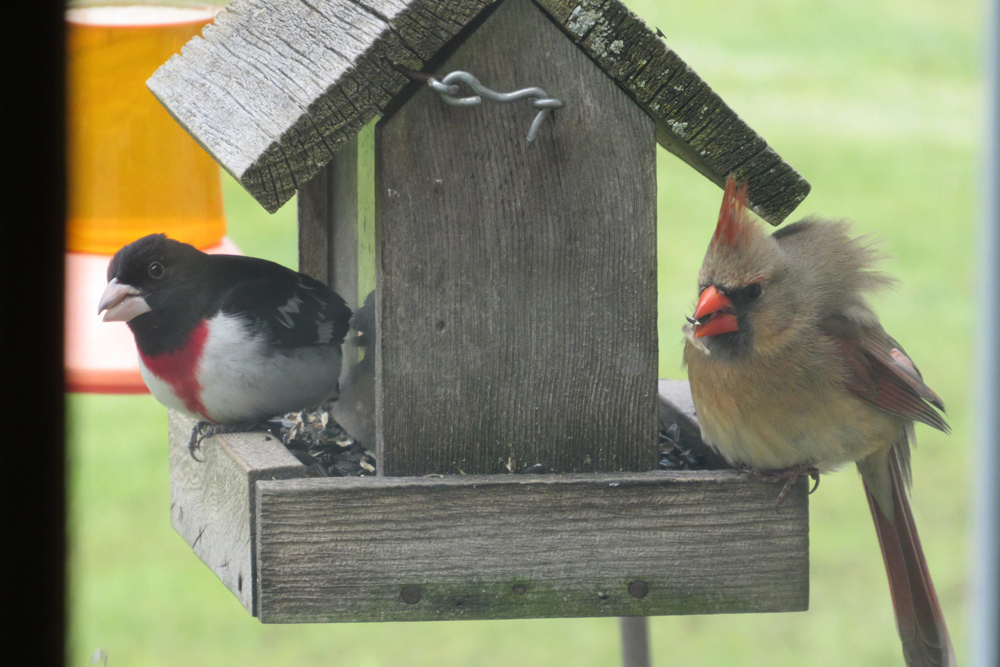Identifying conifers
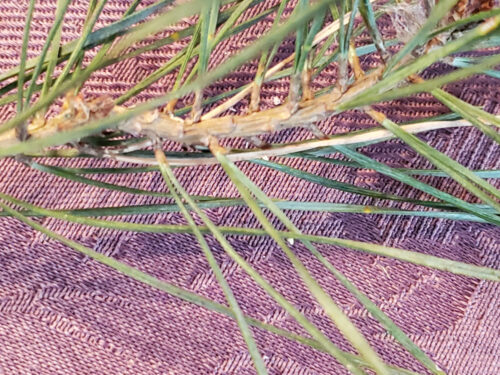
Conifers and other evergreens take center stage both during the holidays and all winter long in the landscape. Conifer refers to needle-bearing trees that have cones for their fruits. Conifers are also commonly called pines, but not all needle-bearing trees are in the family Pinaceae. Additionally, the cedar family is a needle-bearing evergreen, but its fruit looks more like a berry than a cone. Eastern redcedar and pasture juniper – two species in the cedar family – also have berry-like cones with fleshy scales that have grown together.
In an article on conifer identification, Peter Smallidge, NYS Extension Forester and Director of the Arnot Teaching and Research Forest, Cornell University, says the genera within the pine family here in New York include pine (Pinus spp.), spruce (Picea spp.), fir (Abies spp.), hemlock (Tsuga spp.), and larch or tamarack (Larix spp.). Genera in the cedar family include cedar (Thuga) and juniper (Juniperus).
Pines have needles that occur in clusters of two, three, or five. A cluster of pine needles is called a fascicle. The hard pines are a subgroup and include Scotch pine, jack pine, black pine, and red pine with two needles per fascicle. Pitch pine has three needles per fascicle. White pine is the only soft pine in the Northeast. White pines have slender needles which give the tree a soft-textured appearance. Pine cones have relatively few scales when compared to other genera of Pinaceae. Pines do not like the shade; they grow best in the sun.
Spruce have the presence of sterigmata which are post-like structures or projections on the stem where the needles are attached. Spruce also have a four-sided needle that occurs singly on the sterigmata – not in clusters like pines. Native spruce have a greater density of scales on their cone and include black spruce, red spruce, and white spruce. Blue spruce and Norway spruce are also common. Spruce grow well in full sun, but tolerate some shade.
Fir have needles similar to spruce in that they attach singly to the twig, but fir needles are attached directly to the twig. Balsam is New York’s only native common fir and the three-inch upright cone has deciduous scales. Needles are flat and two-ranked or attached on the sides of the twig. Balsam fir is tolerant of shade and is commonly seen growing in the understory, Smallidge says.
Eastern hemlock resembles balsam fir except that the cones are small – marble-sized. The needles are two-ranked, but the tree also has miniature-sized needles that are sporadically attached to the upper side of the twig. Hemlock also tolerates shade.
Eastern larch has deciduous foliage and can be found growing in bogs. The clusters of foliage are attached to a small branch that does not extend. The cones are similar in size to those of the hemlock, but are held erect.
Northern white-cedar has modified needles. Smallidge describes them as keeled, meaning the needle is flattened and folded to create an edge along the center of the needle. The cones sometimes appear as miniature wooden roses. Northern white-cedar is tolerant of shade and sometimes grows in dense stands. Cedar is the most rot-resistant of all the conifers.
Finally, junipers have two different types of needle structures. One is linear and awl-like and the other is scale-like. Eastern redcedar (Juniperus virginiana) will reach tree-size. Pasture juniper typically is shrub-size and prefers infertile soil. It has the awl-like foliage in whorls of three.
